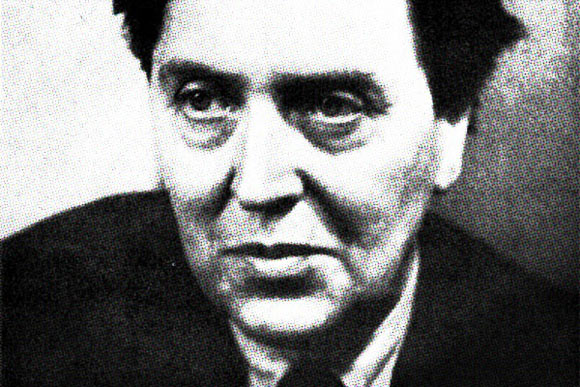
Alban Berg was a famous Austrian Composer, known for his personal rendition of the highly celebrated twelve-tone technique. His works with two other key personnel in music, Arnold Schoenberg and Anton Webern, made him very well known amongst the orchestral music community, thus he was known as a member of the Second Viennese School.
Berg was born in Vienna, Austria on the 19 February 1885. His father ran an export business throughout Vienna from which he supported his family financially. However, Berg’s father died in 1900, forcing him to start thinking of career choices. Berg was not the brightest student academically; and he spent his first years out of graduation as a trainee civil servant. As a child Berg had taken piano lessons. In his spare time, he had composed over eighty songs and duets. His siblings, having noticed his great proficiency, enrolled him as a private pupil to famous composer Arnold Schoenberg, who was known for his works during the German Expressionist Movement. Berg was 19 at the time.
Schoenberg put Berg through a rigorous training routine which included lessons in harmony, counterpoint and compositional construction. By 1906, Berg was a full time student of Schoenberg. During this time Berg wrote the Sieben frühe Lieder, also known as the seven early songs. He performed three of these songs in a recital meant for Schoenberg’s students; these songs were also the preliminary pieces to his first sonata under Schoenberg. Schoenberg was known as the father of ‘developing variation’, the idea that a musical piece evolves continually from a basic idea. Schoenberg was also known to master the twelve-tone technique. Berg would soon become famous for putting his own personal twist to the twelve-tone technique with works like the Lyric Suite and the Violin Concerto. Before that, Berg was known for his work on operas, particularly Wozzeck. Wozzeck was what shot Berg to prominence. Wozzeck was quickly followed up by a three act opera called Lulu. However, Berg had to work hard to achieve such fame. He was the subject of controversy in 1913, when the performance of his orchestra ‘Five Orchestral Songs after Picture Postcard Texts by Peter Altenberg’ resulted in rioting because of scandalous poetry. Even so, he allowed himself the company of the Viennese cultural elite, including personalities such as the cultural genius Kaul Kruas, established painter Gustav Klimt, and celebrated musician Alexander Von Zemlinsky, all of whom collectively inspired Berg into becoming the musician that he is known to be today.
Alban Berg met an unusual death; he died of blood poisoning due to an insect sting on Christmas Eve, 1935. His personal take on the twelve-tone technique, coupled with his marvelous approach on Mahlerian Romanticism were the reasons as to why he is one of the most celebrated musicians of the twentieth century. His place in the Second Viennese School is also of great historical importance, for in his works, he was seen to preserve the great Viennese tradition embarked by Mozart and Beethoven.